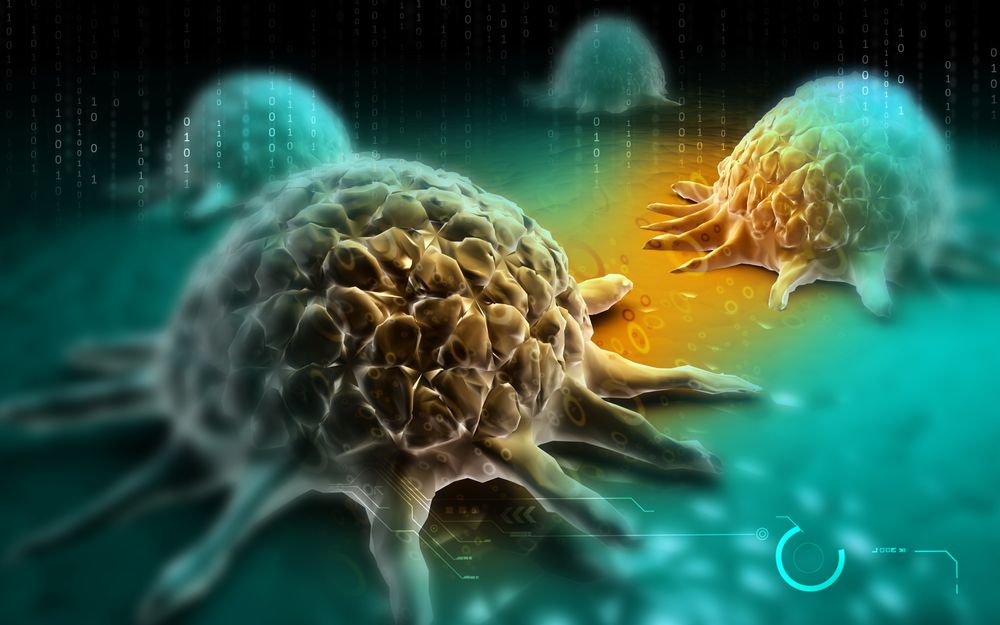Mar 13, 2018
Larry Page’s self-flying air taxis to take off in 3 years
Posted by Klaus Baldauf in categories: mobile phones, transportation
Kitty Hawk, an aeronautics firm funded by Alphabet CEO and Google co-founder Larry Page, is inching closer to its plans of creating Uber for flights: it’s unveiled Cora, a fully electric self-flying air taxi that can cover 100 km (62 miles) on a single charge – and you’ll soon be able to hail one with your phone.
Cora has been in the works for a while now, and it’s just been cleared to begin tests in New Zealand. The goal is for Kitty Hawk to launch a fleet of its flying taxis within the next three years. You can Click on photo to start video.
” target=“_blank” rel=“nofollow noopener”>watch a clip of the vehicle in action here
Continue reading “Larry Page’s self-flying air taxis to take off in 3 years” »
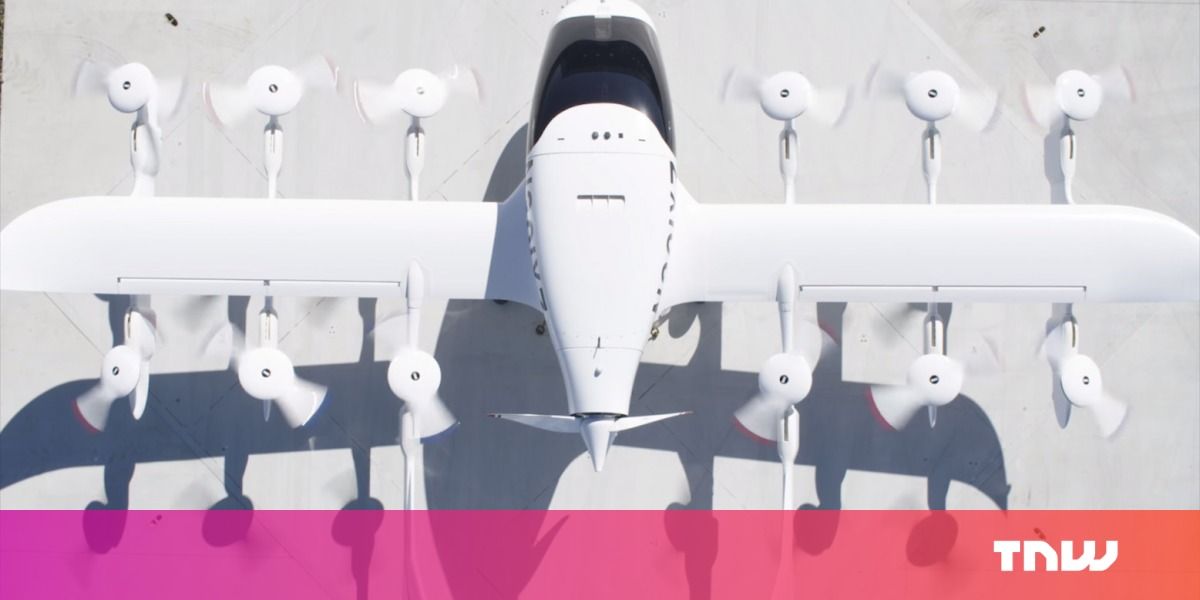
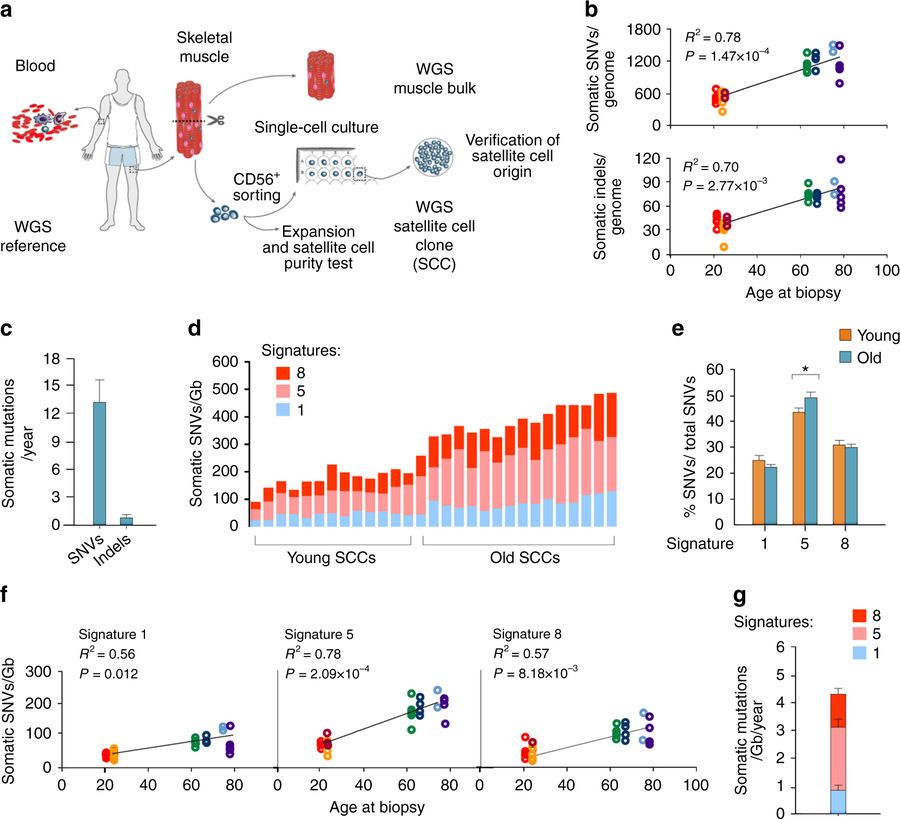
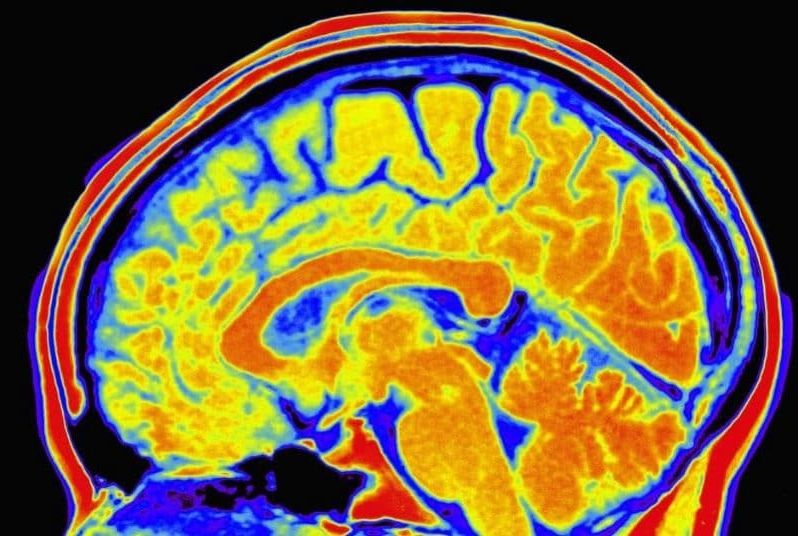
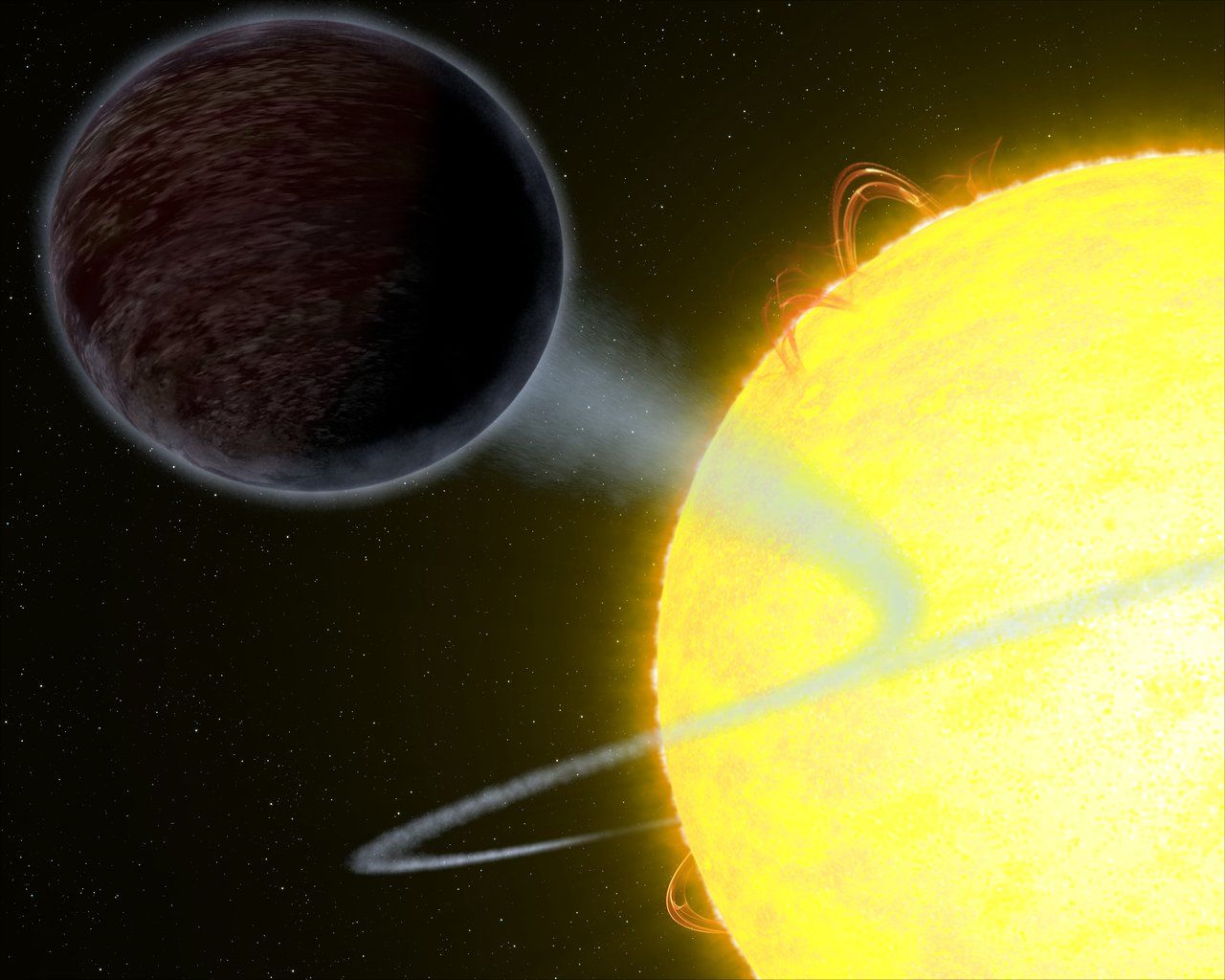


 John Oliver is a crossover who bridges the art of a comedian with the reporting and perspective of a liberal political pundit. Even detractors acknowledge that Oliver addresses serious issues with unusual wit and humor.
John Oliver is a crossover who bridges the art of a comedian with the reporting and perspective of a liberal political pundit. Even detractors acknowledge that Oliver addresses serious issues with unusual wit and humor.

